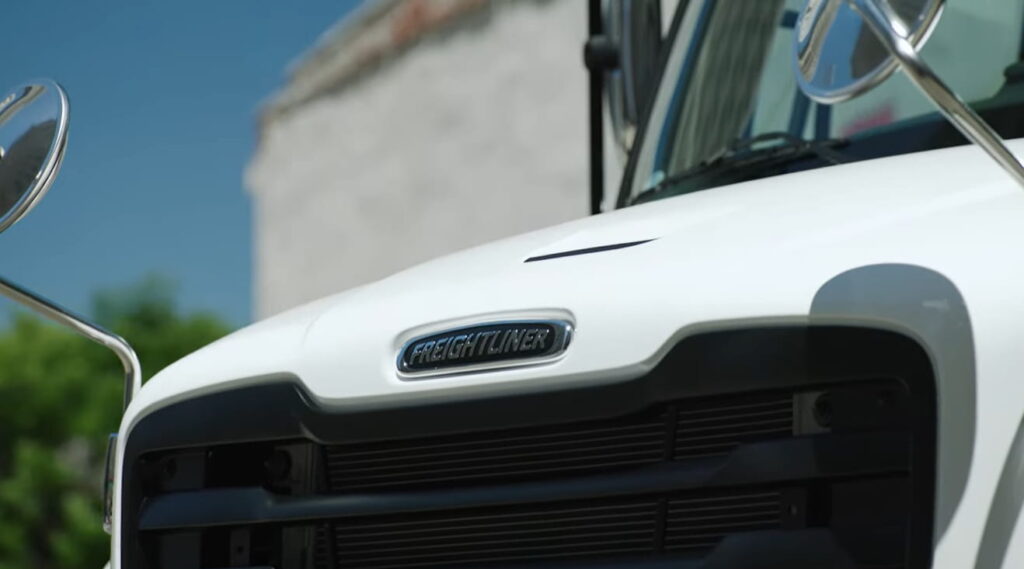Are you worried about some freightliner speed sensor problems?
Your vehicle’s speed sensor is a small device mounted on your transmission. This basically determines the speed your truck is going as it measures the toothed wheel’s rotation, or that component in the transmission.
When the speed sensor fails, this can impact your speedometer operation – and other components. For instance, the transmission control system and engine will not be able to make the right adjustments to ensure the efficient performance of your vehicle.
So, when you have speed sensor problems, this can be a safety risk for your vehicle. Hence, it is important to take note of some signs and symptoms of a problem and have these addressed before things get severe.

Contents
Freightliner Speed Sensor Problems – Common Symptoms
To prevent further issues from arising due to speed sensor problems, it is best to have a look at the common signs that the speed sensor is acting up. Here they are:
1. Transmission Issues
Your vehicle’s speed details relayed by your speed sensor is utilized by your TCM or transmission control module or the powertrain control module that then determines the best shift timing. But when your speed sensor is failing, this impacts the automatic transmission operation.
You can observe some symptoms of a poor speed sensor, and one of them includes an abnormality in your automatic transmission operation. If you have a faulty speed sensor, there are some common signs linked with it such as limited gear operation, hard shifts, and delayed shifts.
2. Fluctuations in the speedometer readings
The speed sensor is often used as a main input for your speedometer operations. Thus, if your speed sensor is not working properly, you may notice some fluctuations and errors in the reading – and sometimes without any reading at all.
While your vehicle may still run even without a properly working speedometer, this can be an inconvenience. You will not be able to know just how fast your vehicle is going, which can be a safety concern.
3. Cruise control not working
The crust control is usually disabled automatically by your PCM once this component does not receive information sent by the speed sensor. This happens because it needs the sensor speed’s data to make sure your car functions at a constant and appropriate speed.
With this in mind, you won’t be able to activate cruise control, which impacts your driving performance. It can also be a safety risk, which is why it is best to get this problem addressed sooner.
You may also notice some other symptoms linked to this such as a lack of a torque converter clutch. Without proper information coming from the speed sensors, this prevents the transmission torque converter from applying your clutch. Hence, there is no link between your transmission and engine.
Some other signs you may notice include an overheated transmission, reduced fuel efficiency, and slipping gears.
4. Check engine light turns on
There are many reasons why your check engine light illuminates. However, one of the most common reasons is when you have a malfunctioning speed sensor. This is why you may need to connect an OBD-II scan tool to your vehicle. By doing so, you can check for the error code and confirm that it is indeed due to a malfunction to your speed sensor.
It is also important to observe other warning signs including the traction control system and ABS that may show up on your dashboard.
Other Things To Note About Freightliner Speed Sensor Problems
Basically, the speed sensor fails when there is an electric fault within this component. The internal damage can lead to abnormal output signals, and in some cases, no signals at all. You can check the sensor’s performance using an oscilloscope or digital voltmeter.
But it is best to have an expert take a look at this issue. A specialist should be able to help when you think that you have a malfunctioning speed sensor. By doing so, you can have it tested and get the parts replaced before the problem becomes worse.
There are instances when the speed sensor may be cracked or damaged. The plastic component may also become quite brittle over time, which occurs due to a prolonged exposure to the heat and other harsh elements. Moreover, check the sensor’s magnetic portion, which may be worn and severely damaged.
When you are unable to maintain your vehicle well, this increases the chances of your speed sensor’s failure. Hence, it will not be capable of producing correct readings once the toothed wheel or magnetic pick up has so much debris or dust accumulation. Contaminants in your old transmission fluid can also impact the performance of the speed sensor.
Read More: Freightliner Cascadia Automatic Transmission Problems You Need To Know
Conclusion
With all these things in mind, a failing speed sensor needs to be fixed sooner than later. You need to make sure that you get your mechanic to inspect and check if the speed sensor is malfunctioning and if the extent of the damage is too much. Then, a replacement may be necessary.
Be wary of the signs we have mentioned above, which point towards a failure in your speed sensor. Once symptoms arise, you should get these checked right away. Your vehicle’s performance, as well as your safety rely on a properly functioning speed sensor. Otherwise, you are putting your life – and other motorists – at risk when you are unable to get correct readings in your speedometer.
Most importantly, other components may get seriously affected over time, which can cause you further headaches and steeper repair works that may have been prevented by getting the issue fixed at the onset instead of waiting it out.
We hope this has been helpful in guiding you towards the best ways to keep your speed sensor working well and the potential causes that you need to avoid to ensure the best performance of this essential vehicle component.